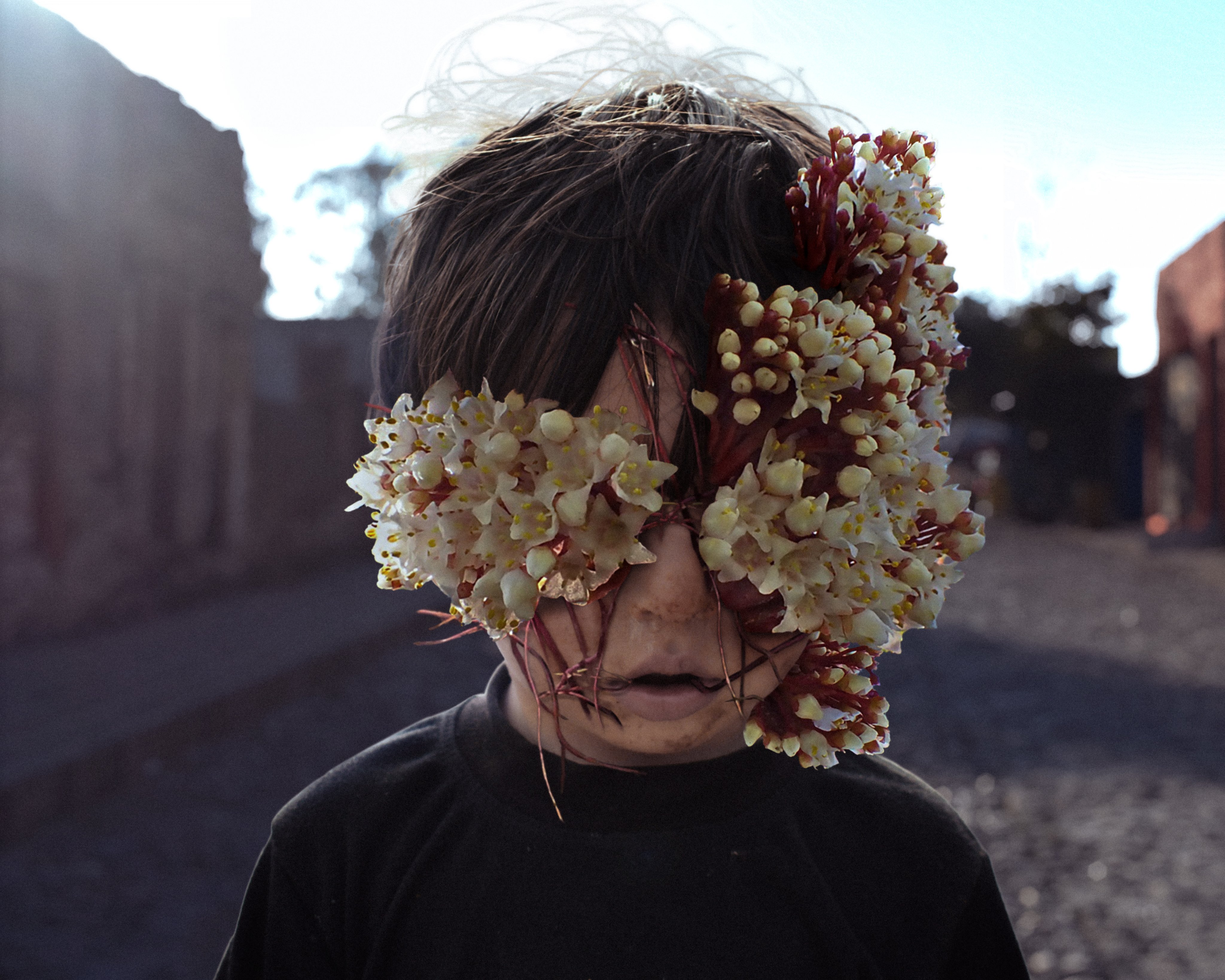Jack Sandrow
Writer, Character, Invasive Species

OUT OF CHARACTER INFORMATION
- Intent: To add more (slightly terrifying) flora to the galaxy
- Image Credit: Eduardo Valdés-Hevia (@/Valdevia_Art) on Twitter
- Canon: N/A
- Permissions: N/A
- Links: Based on the post of the same name by Eduardo Valdés-Hevia (@/Valdevia_Art) on Twitter
- Name: Leechweed (Cuscuta haemotrophica)
- Origins: Umbara
- Other Locations: Rarely found on other planets, usually in permanently twilight semi-humid areas (caverns, cenotes, etc) where moisture and small creatures are common but sunlight is negligible. In impoverished communities who do not have access to healthcare, leechweed infestation may spread rampantly.
- Classification: Parasitic vine
- Average Growth Cycle: From seed to flowering plant: 3 months. Usually hibernates in cold months, but with a steady flow of nutrition is able to maintain its needs year-round.
- Viability: Before finding a host, the seeds require moist and nutrient-rich soil. Infection usually occurs through contact of seeded soil with an open wound.
- Description: Leechweed has pale off-white flowers, and blood-colored vines. The vines are almost transparent, so the blood of the host colors the vines. Leechweed seeds are each about the size of a poppy seed, and translucent, milky-white.
- Average Height:
- Flower - 3 cm
- Seed - 0.3 mm
- Vine thickness - 0.2 cm
- Average Length:
- Flower - 2 cm
- Seed - 0.5 mm
- Vine length - Varies. Anywhere from 10-100 cm and possibly beyond
- Color: Translucent milky-white. Vines take on the coloration of the host's blood.
- Nutritional Value: None
- Toxicity: None
- Other Effects: Not highly infectious. Consumption of seeds in contaminated water or contact with an open wound allows the vine to spread.
- Distinctions:
From the desk of reputable biologist E.V.H. -
"The leechweed (Cuscuta haemotrophica) is a parasitic plant that targets animals. The vine digs under the skin to consume the host's blood, making photosynthesis unnecessary. Infestation in sentient species rarely progresses to the blooming stage, when it can become life-threatening. Leechweeds do not produce leaves or chlorophyll. Lacking the pigment that makes plants green results in their eerie blood colour.
The first stages of infestation may look like veins under the skin, which can make early detection difficult."
"The leechweed (Cuscuta haemotrophica) is a parasitic plant that targets animals. The vine digs under the skin to consume the host's blood, making photosynthesis unnecessary. Infestation in sentient species rarely progresses to the blooming stage, when it can become life-threatening. Leechweeds do not produce leaves or chlorophyll. Lacking the pigment that makes plants green results in their eerie blood colour.
The first stages of infestation may look like veins under the skin, which can make early detection difficult."
Strengths:
- Able to survive in environments lacking in sunlight and nutrients
- Survivability is aided by its low detectability in underdeveloped communities (or in the wild)
- No defenses whatsoever, other than its interconnectedness with the host's vascular system
- Requires a host in order to fully mature
Much like other species on Umbara, the leechweed is no stranger to a lack of sunlight. Lauded biologist and historian E.V.H. studied many odd species, and this one was notable enough to receive a note in his books. Able to trace its origin to Umbara, he was also able to trace some extents of this species throughout the galaxy, notably found in dark and underdeveloped communities. Modern medicine is able to deal with this parasite without complication, however, and its parasitism is surface-level (other than some small skin lesions). With a few days of care and nutrient supplements, the leechweed can be removed without any further complications.







